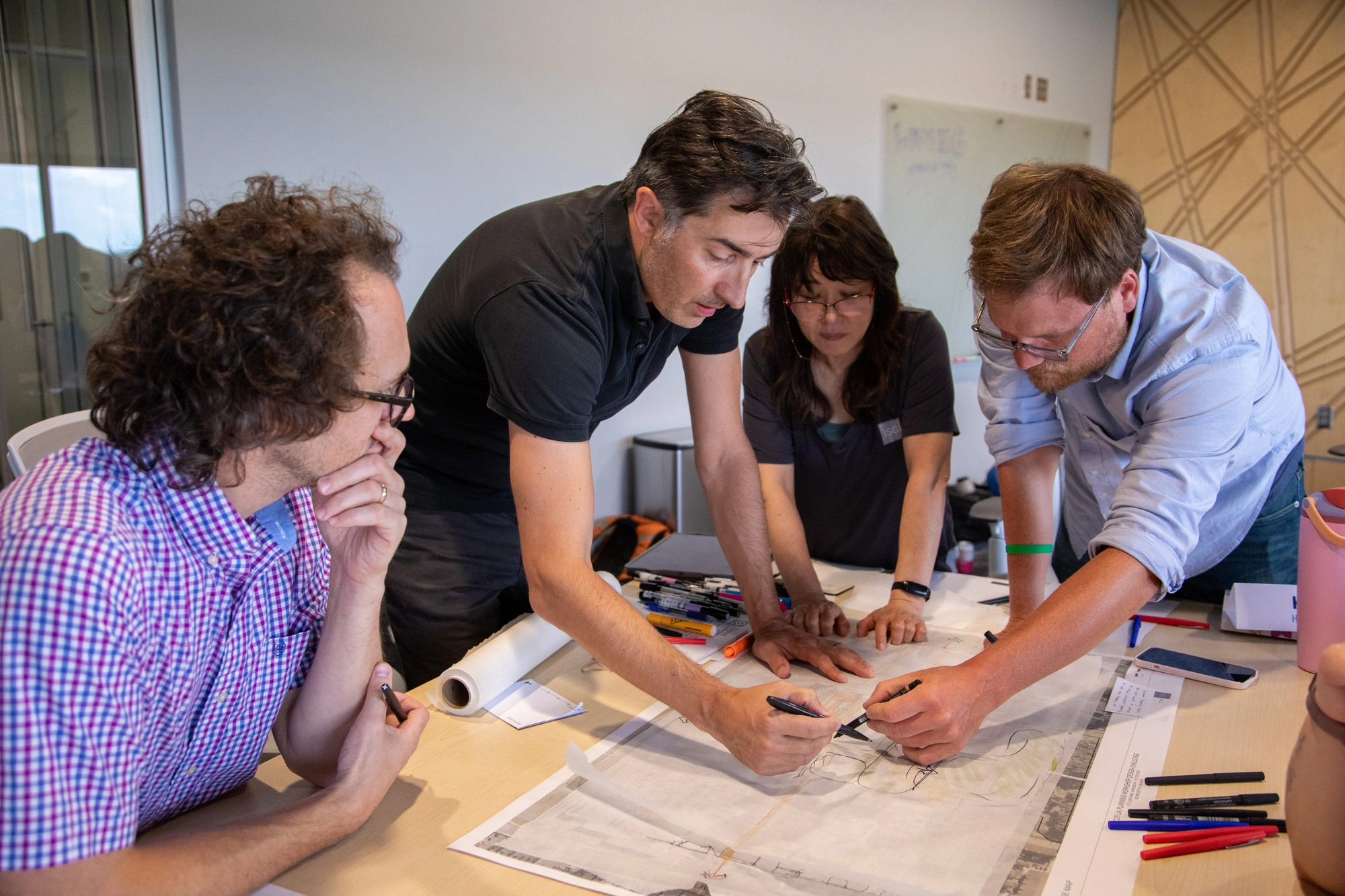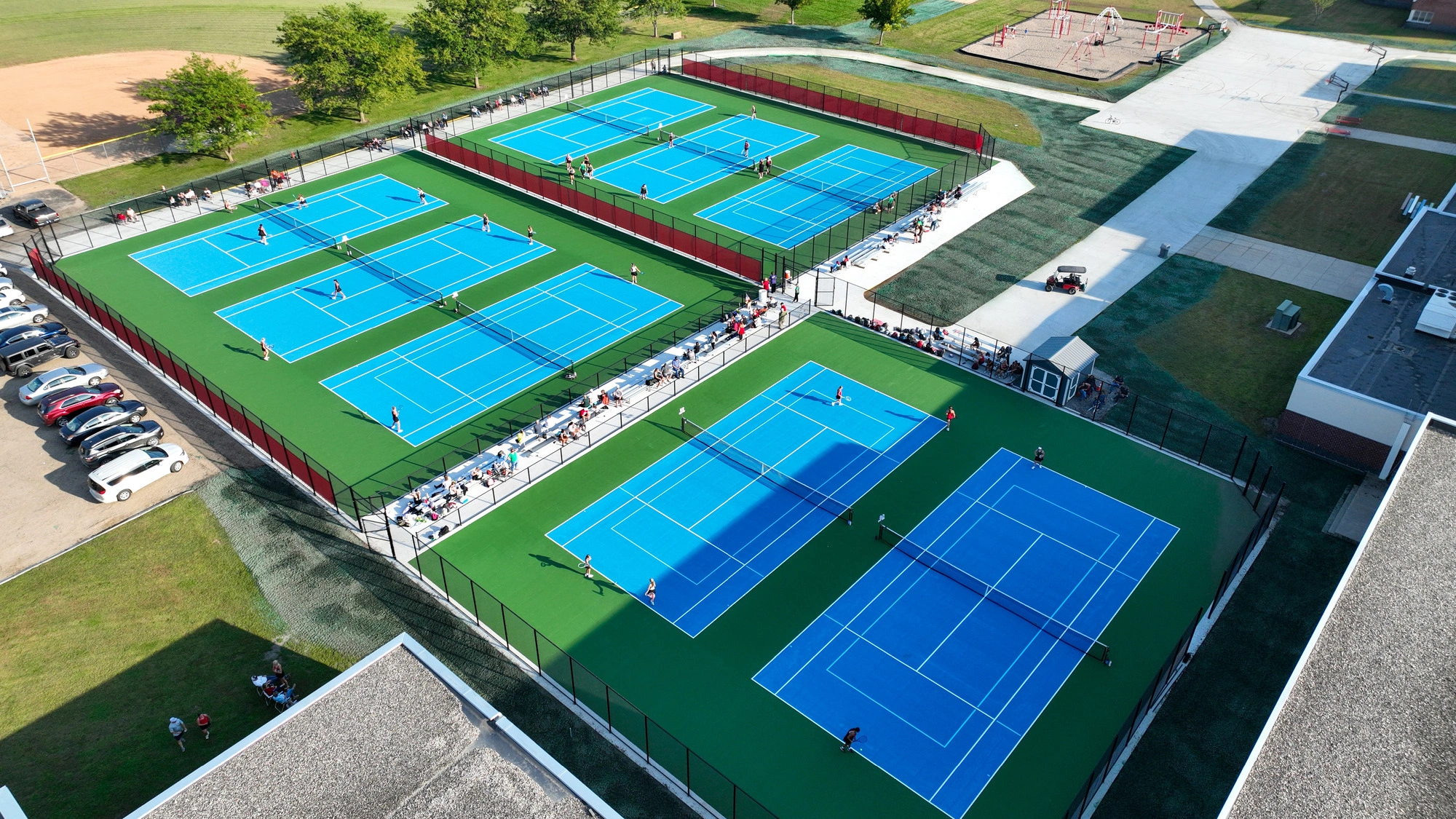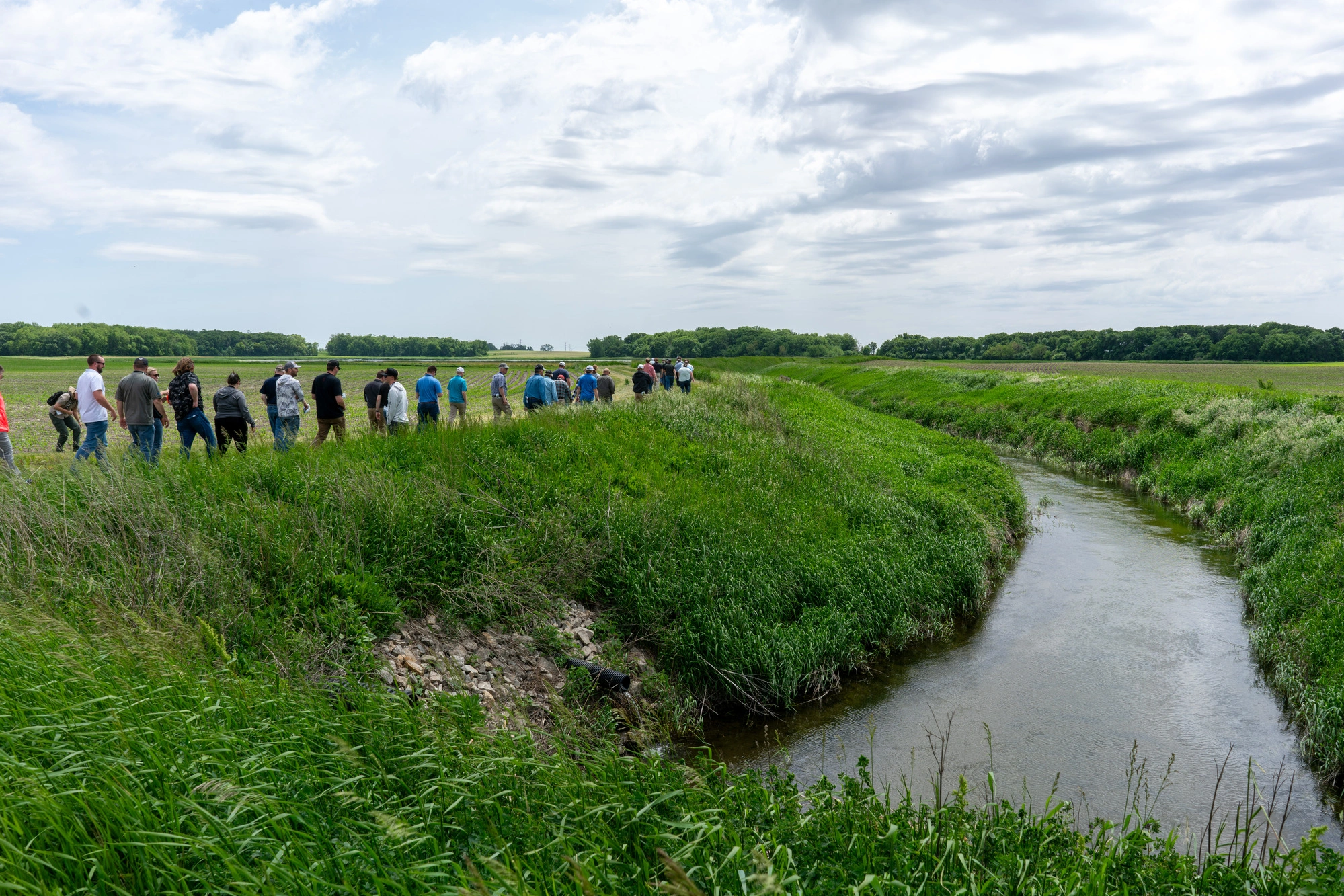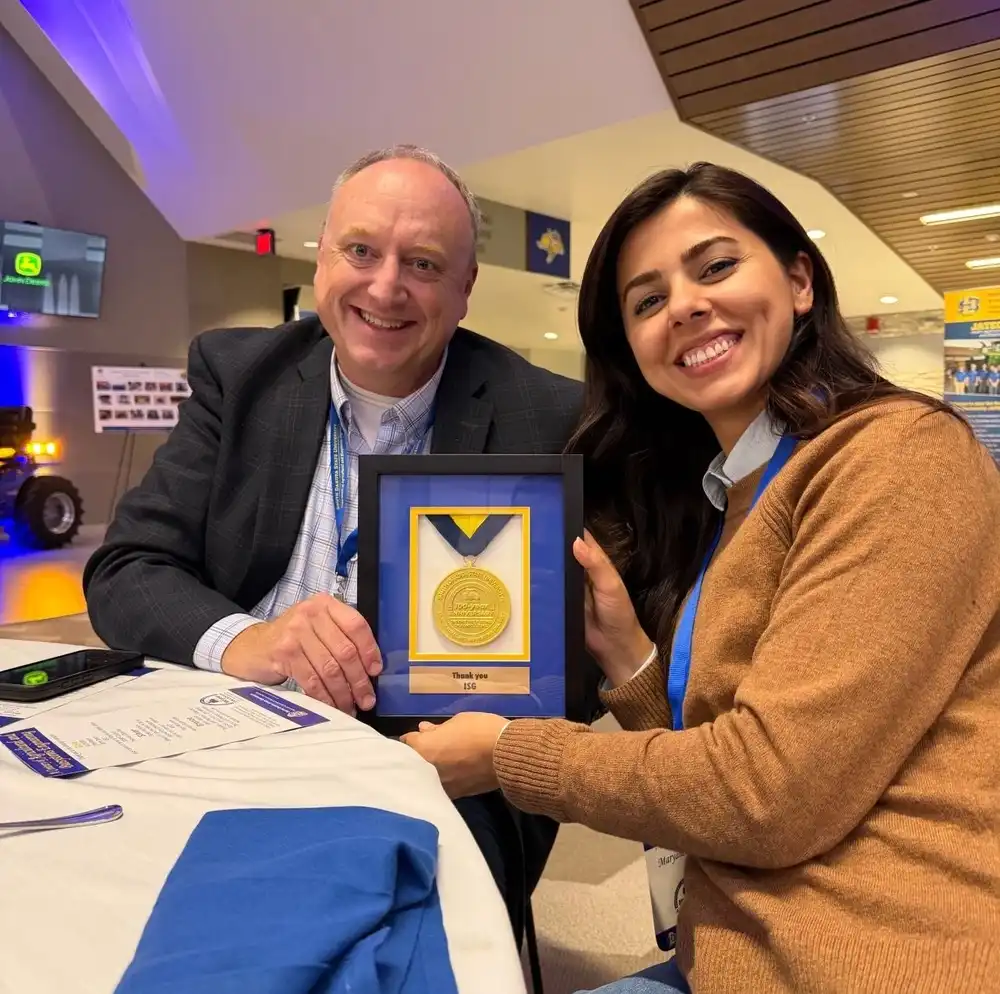Acre by Acre
Gaining Community Support for Major Agricultural Drainage Improvement Projects, One Landowner at a Time.
Most landowners, agencies, and consultants are beginning to see the mutual benefits of implementing Best Management Practices (BMPs) that address environmental impacts while protecting or improving crop yields. Multi-purpose drainage management (MDM) plans incorporate a combination of BMPs and implementation of these plans requires coordination amongst a range of parties including drainage authorities, multiple agencies, and landowners, on a varying list factors including land practices, commitment levels, funding sources, and approvals necessary to proceed.
What are challenges to gaining support for MDM and other drainage projects?
Landowners want to see a successful project, however many are unaware of the deteriorating condition of their existing system. There are new ways to accomplish agricultural drainage, enhance crop production, and protect natural resources and wildlife habitat. To gain consensus, it is imperative that project teams build trust, introduce opportunities for outside funding, and present practical options for implementation.
What’s the best way to convince landowners that MDMs really are a win-win for drainage districts?
Bringing landowners together, listening to their concerns and priorities is the first step in building trust. Instead of pointing out individuals or problems, it helps to strengthen the sense of community that landowners have within the watershed by working together to find the best solutions. Also, when meeting with a group of landowners, it is important to bring options for their consideration, including a good (baseline option), better (a great option), and best (a home run). Each of these options should include drainage repairs, improvements, and strategies to enhance crop conditions. Each option should also reference the impact of potential grant and outside funding, as landowners are much more willing to introduce water quality strategies when these potential opportunities are available.
Since landowners are interested in drainage first and foremost, it is important to not lead with water quality. However, it is helpful to educate them on water quality issues and environmental impacts so they are informed. Introducing options without asking for commitments early on will allow the concepts to be understood first and consensus can build as meetings and discussions progress.
You mentioned funding is important to landowners – how do you go about coordinating applications between the landowners, agencies, and drainage authorities?
First of all, it is important to recognize that some landowners see public agencies as an adversary, with requirements that are time consuming to fulfill, making crop production more costly. Therefore, building trust and consensus among these groups is critical. Emphasizing that collaboration from multiple landowners significantly improves the drainage authority’s chances of securing funding from agencies is an important part of gaining support.
Join the conversation #ISGAgriculture #AcrebyAcre

Related Articles

.webp)
ISG Recognized as a 2025–26 Emerging Professional Friendly Firm for the Fourth Consecutive Cycle
ISG has been honored as a 2025–26 Emerging Professional Friendly Firm by AIA chapters in North Dakota, South Dakota, Wisconsin, and Minnesota in recognition of its commitment to fair compensation, licensure support, mentorship, and growth for early-career architects.













